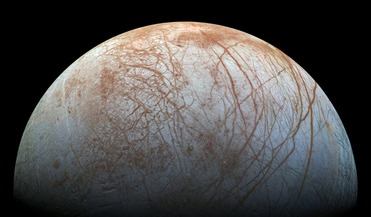 14 May 2018
Best evidence yet for plumes on Europa
14 May 2018
Best evidence yet for plumes on Europa
...beyond Earth to search for the presence of life. The combination of the moon’s geological, compositional and induced magnetic field measurements all indicate that a salty, liquid water ocean spanning at least 100 kilometres in depth is sloshing about...
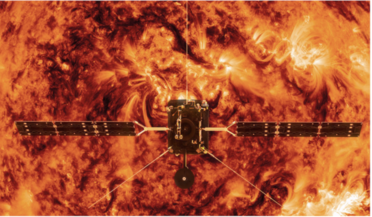 07 February 2020
ESA's Solar Orbiter mission set to launch on 10 February
07 February 2020
ESA's Solar Orbiter mission set to launch on 10 February
.... "Several years from now, you will see the first images of the sun's pole and the magnetic field," St. Cyr said. The first close solar pass is expected to take place at the end of March 2022 at around...
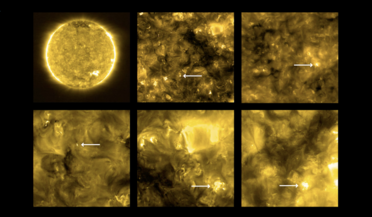 17 July 2020
Solar Orbiter spots country-sized ‘campfires’ on the Sun
17 July 2020
Solar Orbiter spots country-sized ‘campfires’ on the Sun
..., which is designed to make high-resolution measurements of the magnetic field lines on the surface of the Sun, is helping the team ... a first. We have never been able to measure the magnetic field at the back of the Sun.” Normally, the first images ...
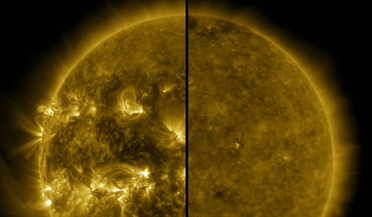 16 September 2020
The Sun enters a new cycle and will reach a peak in 2025
16 September 2020
The Sun enters a new cycle and will reach a peak in 2025
... the Sun is reaching a low, such as an increase in cosmic rays in the solar system. Normally, the Sun’s strong magnetic field provides a protective shield around all of the planets, that makes it difficult for highly energetic radiation to infiltrate...
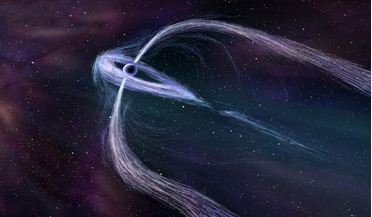 18 January 2017
The unusual tails of a pulsar give a clue as to what type of pulse it generates
18 January 2017
The unusual tails of a pulsar give a clue as to what type of pulse it generates
...with geometry – and it also depends on how the pulsar's spin and magnetic axes are oriented with respect to line of sight whether you see certain ... from the pulsar shoots along the star’s magnetic field, around the pulsar's equatorial plane, and along...
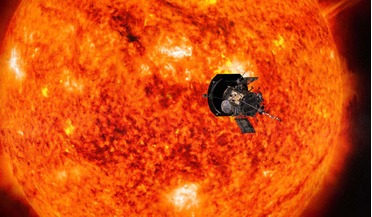 10 August 2018
Fiery inferno awaits NASA's Parker Solar Probe
10 August 2018
Fiery inferno awaits NASA's Parker Solar Probe
... heat-shield does its job, the probe is equipped with four instrument suites designed to study plasma, magnetic fields, energetic particles, and image the solar wind. The Solar Wind Electrons Alphas and Protons investigation...